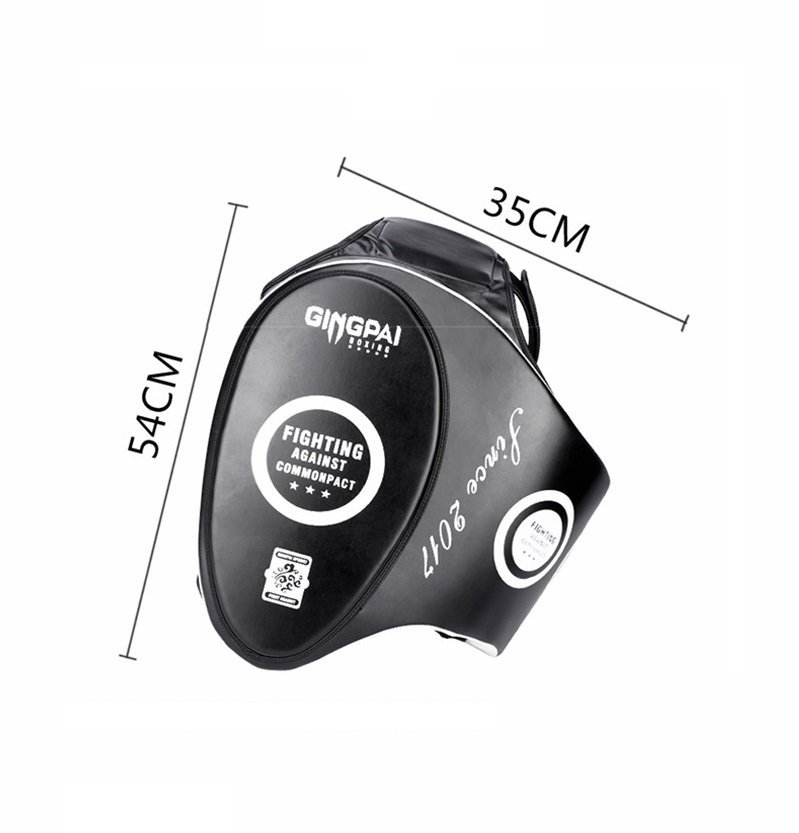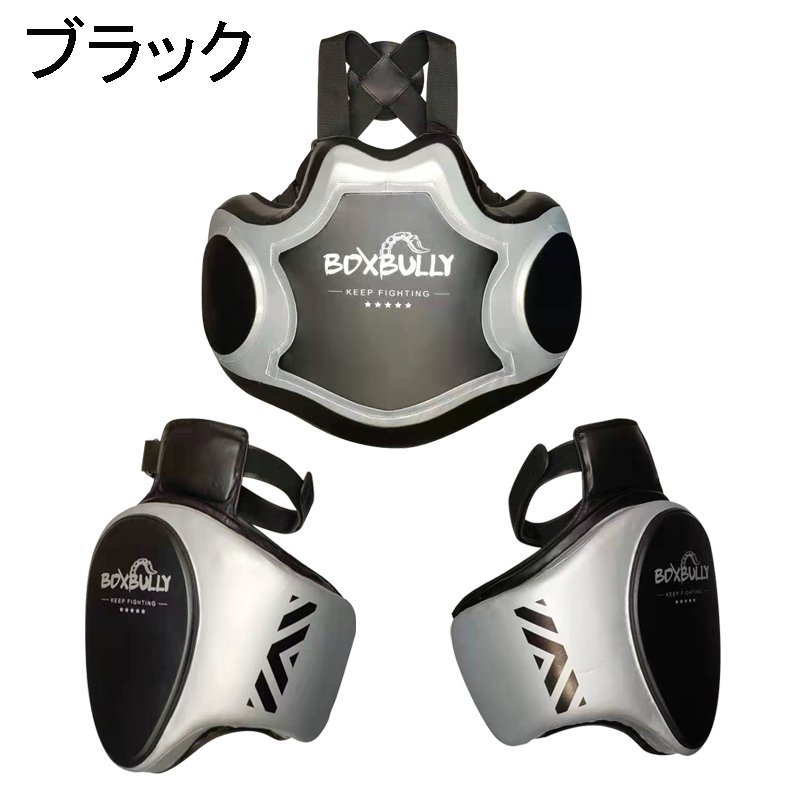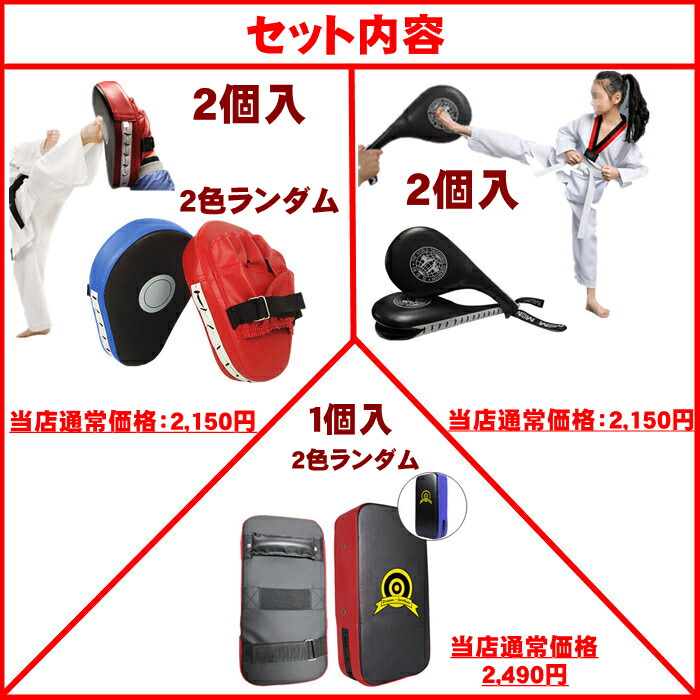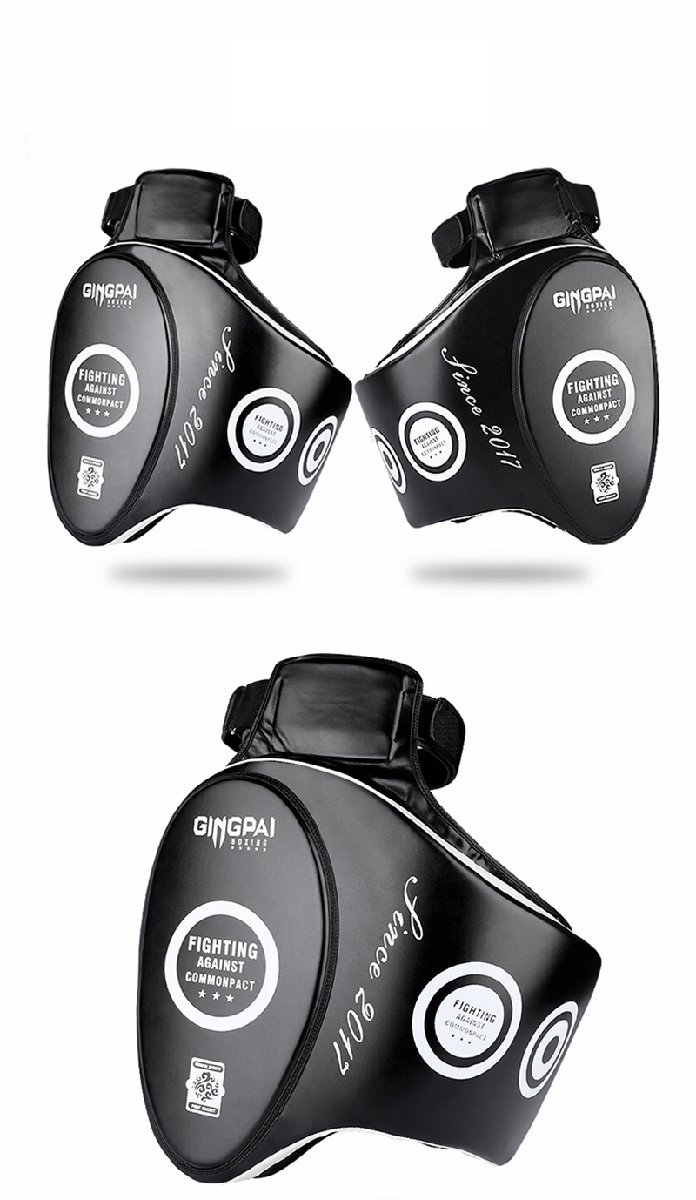ボクシング 3点セット
(税込) 送料込み
商品の説明
・あしたのジョー プレミアムウォッチ【非売品】
・NO BOXING NO LIFE キャップ
・Fighting Bee Tシャツ Mサイズ
全て新品未使用品です。商品の情報
| カテゴリー | スポーツ・レジャー > その他スポーツ > ボクシング |
|---|---|
| 商品の状態 | 新品、未使用 |

ラウンド twins 3点セット ボクシング - www.toom.com

ボクシング グローブ ミット パンチンググローブ 子供 大人 3セット

キックボクシング3点セット!! 驚きの価格が実現! www.shelburnefalls.com

新到着ボクシング3点セット ボクシング | socearq.org

ボクシング練習3点セット(キックミット、グローブ、パンチングミット

ボクシンググローブ ファミリーセット 練習 子供用 大人用 ミット セット ミット打ち ボクセサイズ 総合 格闘技 空手 キックボクシング トレーニング ミットセット グローブセット パンチンググローブ 親子でできる

人気満点 【最終金額】ZETT キャッチャー防具 3点セット ボクシング

新作モデル Body makerスパーリングプロテクター3点セット ボクシング

ボクシングプロテクター 3点セット ボクシング 足ガード 胸ガード

井上尚弥 リングマガジン 3点セット 豪華で新しい www.shelburnefalls.com

男の子向けプレゼント集結 twins 3点セット ボクシング - www.durevie

TOP KING 3点セット ムエタイ キックボクシング 日本割引 www

windy twins mw 本革 ボクシンググローブ 3点セット 100%品質 www

ボクシング ボディプロテクター ボクシングミット 3点セット
特上美品 空手・キックボクシング・格闘技・BODYMAKER スパーリング

ボクシング グローブ ミット 子供用 大人用 ファミリーセット 本店は

お得超特価 ボクシング3点セット MHJuY-m78093504919 zonalogistica.com

楽天市場】ボクシンググローブ セット パンチンググローブ 3点セット

好評高品質 大幅値下げ!3点セット(単品可)WBOボクシンググローブ

キックミッ キックボクシング トレーニング3点セットの通販 by
ボクシンググローブ エバーラスト プロスタイル 練習用 お得な3点セット ピンクレディース 8oz 12oz 並行輸入品 :Everlast-gloves-pink-set:Import-Shopえむはーと - 通販 - Yahoo!ショッピング

ボクシング グローブ ミット 子供用 大人用 パンチンググローブ キッズ

好評高品質 大幅値下げ!3点セット(単品可)WBOボクシンググローブ

ボクシングプロテクター 3点セット ボクシング 足ガード 胸ガード

楽天市場】5点セット ボクシング 大人用 子供用 キックボクシング

送料無料 新品同様 WINDY ウィンディ キックミット ベリープロテクター

100%の保証 ボクシング プロレス 3点セット 額付き ポスター モハメド

キックボクシング 親子練習セット グローブ ミット おまけ付き www

人気 子供用 レッグガード 3点セット Ou0ta-m50287917707 ヘッドギア

代引き人気 (バラ売りも可)超レア3点セットWBO ボクシンググローブ

楽天市場】お得な3点セット ダブルミット 2種類各1組 キックパッド1個

超ポイントバック祭】 ボクシング3点セット kopvandehaven.nl

ボクシングプロテクター 3点セット ボクシング 足ガード 胸ガード
![2点セット] ボクシング 長谷川穂積 WBC世界バンダム級 10回防衛記念](https://auctions.c.yimg.jp/images.auctions.yahoo.co.jp/image/dr000/auc0308/users/6cfd85fd25e699eec3f693e4c7a626229bc53bf5/i-img1200x1200-1659531319hu7egm450986.jpg)
2点セット] ボクシング 長谷川穂積 WBC世界バンダム級 10回防衛記念

売上実績NO.1売上実績NO.1お得な3点セット ダブルミット 2種類各1組

ボクシングプロテクター 3点セット ボクシング 足ガード 胸ガード

キックボクシング3点セット!! 驚きの価格が実現! www.shelburnefalls.com
格安人気格安人気ボクシングボディプロテクター ボクシングミット 3点
パンチングミット 2組3点セット ボクシング Cyfie ミット グローブ
3年保証』5点セット ボクシング 子供用 武術 グローブ キック



商品の情報
メルカリ安心への取り組み
お金は事務局に支払われ、評価後に振り込まれます
出品者
スピード発送
この出品者は平均24時間以内に発送しています














